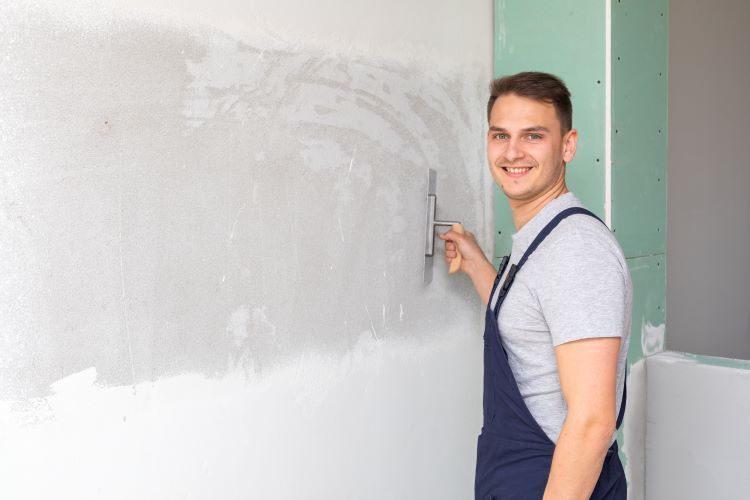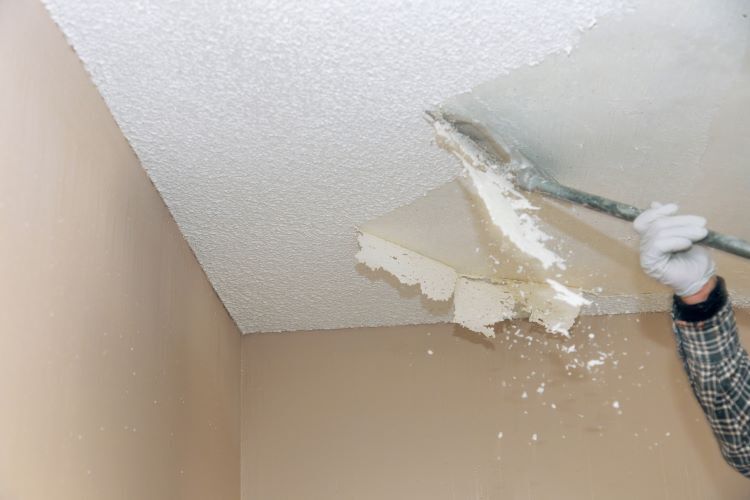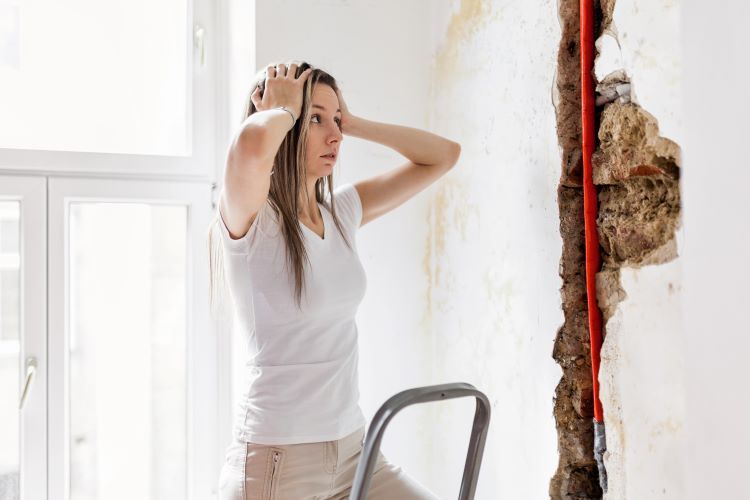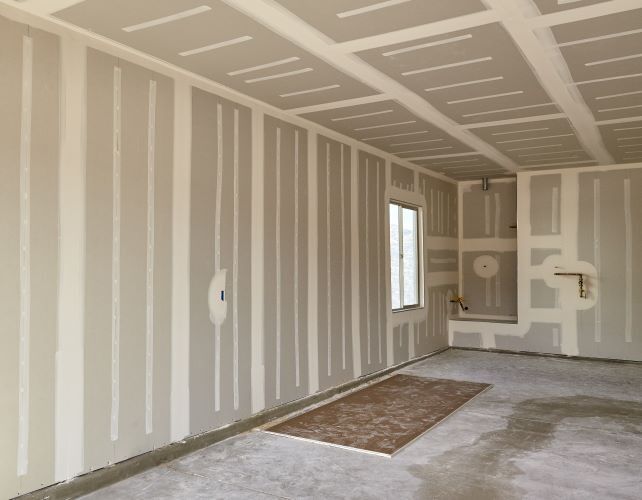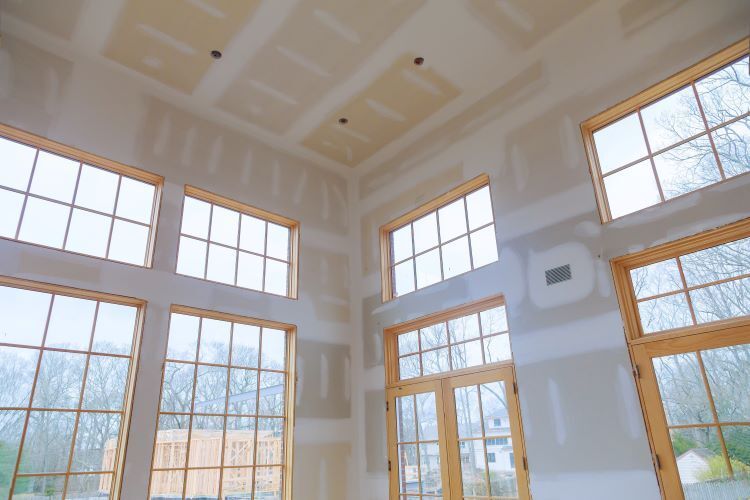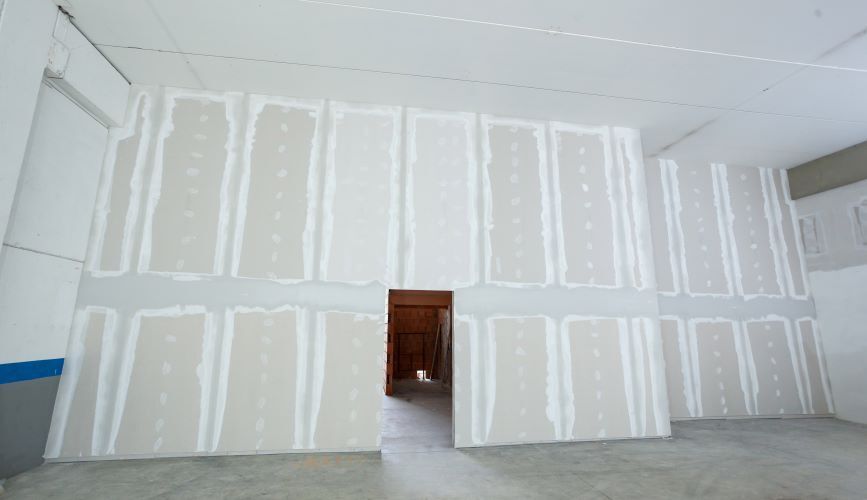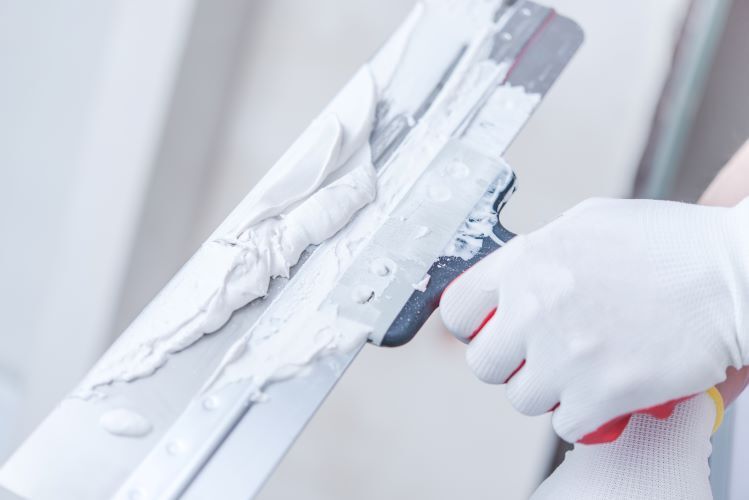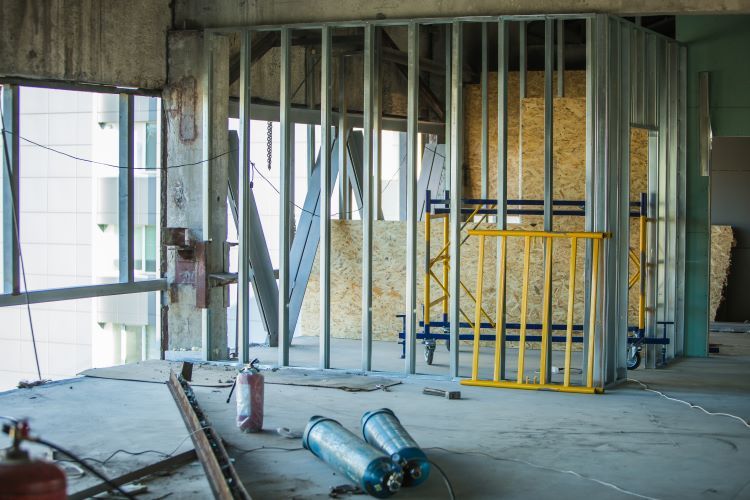How to Safely Remove and Dispose of Old Drywall
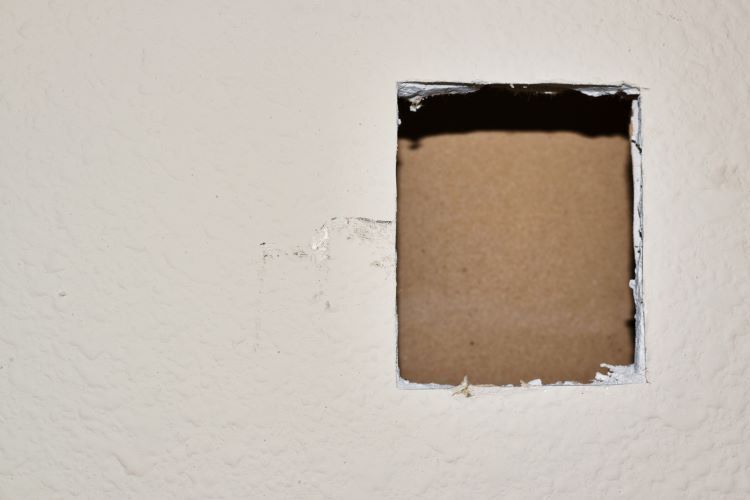
When it comes to renovating or remodeling your home, one of the tasks you might face is removing old drywall. Whether you're updating an outdated space or repairing damaged walls, it's crucial to handle drywall removal and disposal safely and responsibly. At London Drywallers, your trusted local drywall company in London, Ontario, we understand the importance of proper drywall removal and disposal. In this article, we provide a comprehensive guide on how to safely remove and dispose of old drywall.
Preparing for Drywall Removal
1. Gather the Necessary Tools and Materials
Before you begin, make sure you have the following tools and materials on hand:
- Safety goggles
- Dust mask or respirator
- Work gloves
- Utility knife
- Pry bar
- Screwdriver
- Hammer
- Drop cloths or plastic sheeting
- Trash bags or a disposal bin
2. Protect the Work Area
Cover the floors and any furniture in the room with drop cloths or plastic sheeting to protect them from dust and debris. Remove any wall decorations, electrical covers, and fixtures that might obstruct your work.
3. Turn Off Utilities
For safety, turn off the power to the room at the circuit breaker to avoid any electrical hazards. If you're working near plumbing, shut off the water supply as well.
Removing Old Drywall
1. Score the Drywall
Using a utility knife, score the drywall along the edges where it meets the ceiling, floor, and adjacent walls. This will help create a clean separation and make the removal process easier.
2. Remove Trim and Molding
Carefully remove any trim, molding, or baseboards around the edges of the drywall using a pry bar and hammer. Be gentle to avoid damaging these pieces if you plan to reuse them.
3. Loosen the Drywall Panels
Starting at one corner, use a screwdriver or pry bar to loosen the drywall panels from the wall studs. Work your way along the edges, gradually pulling the drywall away from the studs. If the drywall is nailed or screwed into place, remove the fasteners as you go.
4. Break the Drywall into Manageable Pieces
Once the drywall is partially detached, you can break it into smaller, more manageable pieces. This will make it easier to carry and dispose of the drywall. Be cautious not to create excessive dust during this process.
Safely Disposing of Old Drywall
1. Separate Recyclable Materials
If the drywall is in good condition and free of hazardous materials, consider recycling it. Separate any recyclable materials, such as metal fasteners or paper backing, from the drywall. Contact your local recycling center to find out if they accept drywall for recycling.
2. Check for Hazardous Materials
Before disposing of the drywall, check for any hazardous materials such as asbestos or lead paint. If you suspect the presence of these materials, do not attempt to remove or dispose of the drywall yourself. Instead, contact a professional hazardous material removal service to handle the process safely.
3. Bag and Seal the Drywall Debris
Place the drywall debris in heavy-duty trash bags or a disposal bin. Seal the bags tightly to prevent dust and debris from escaping during transport. Be mindful of local disposal regulations and guidelines.
4. Arrange for Disposal
Contact your local waste management facility or a professional waste disposal service to arrange for the proper disposal of the drywall debris. Some facilities may have specific requirements for disposing of construction materials, so be sure to follow their guidelines.
Conclusion
Removing and disposing of old drywall can be a challenging task, but with the right preparation and precautions, you can ensure a safe and efficient process. At London Drywallers, we are committed to providing expert drywall services, including removal and disposal, to homeowners in London, Ontario.
By following these steps, you can tackle your drywall removal project with confidence and peace of mind. If you need assistance with drywall removal or any other drywall-related services, don't hesitate to contact us. We're here to help!

